Catholic Saints Feast Days - December
An overview of some saints celebrated during December
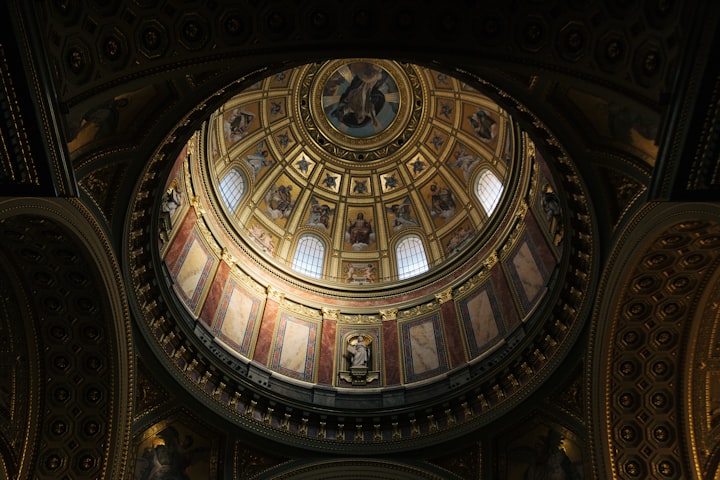
4th December
Saint Osmund
Saint Osmund of Salisbury was of royal descent. He was born the son of Henry of Seez and Isabella, half-sister of William the Conqueror.
Osmund was a book binder and copier, and he collected manuscripts. He is thought to be responsible for drawing up books relating to liturgical matters including the Sarum Use, a pattern of worship developed at Salisbury.
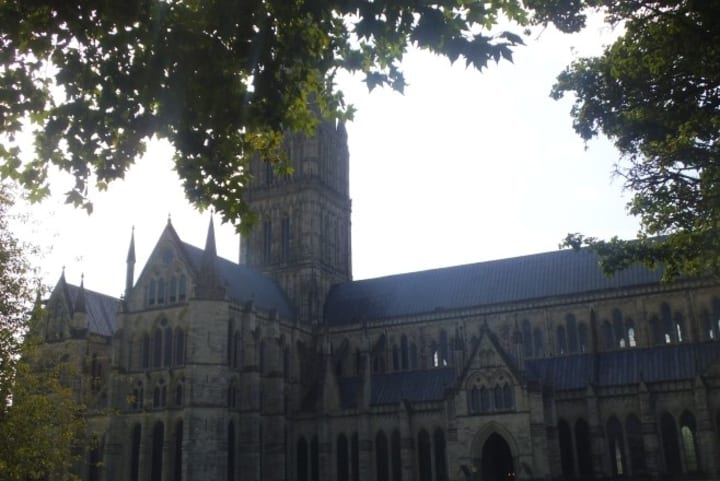
Appointed Bishop of Salisbury in 1078, Osmund founded Salisbury's first cathedral at Old Sarum, completed and consecrated in 1092. He also founded a cathedral chapter and school, and assisted in the assembly of a census that would become the Domesday Book.
Osmund died in 1099, buried at Old Sarum, his tomb and remains moved to the new cathedral upon its completion.
In 1457, Osmund was canonised by Pope Callistus III. St Osmund would be the last English person to be canonised for almost five centuries when John Fisher and Thomas More were canonised by Pope Pius XI in 1935.
Osmund's shrine was demolished a mere 80 years after his canonisation. Due to a number of alleged miracles, St Osmund became the patron saint of mental health, insanity, mentally ill people, paralysis and paralysed people, ruptures, and toothache.
Salisbury Cathedral now stands on a different site while the ruins at Old Sarum are maintained by English Heritage.
Thanks to my good friend Steve Dunn, former guide at Salisbury Cathedral, for his input.
John Damascene
John Damascene, or John of Damascus, born in 675 or 676, was a Christian monk and priest. He is known as one of the fathers of the Eastern Church, and the greatest of her poets.
It is said that John's ancestors remained faithful to Christianity when Jerusalem fell to the Arabs. There is little authentic knowledge as the most famous account of his life was written two centuries after his death.
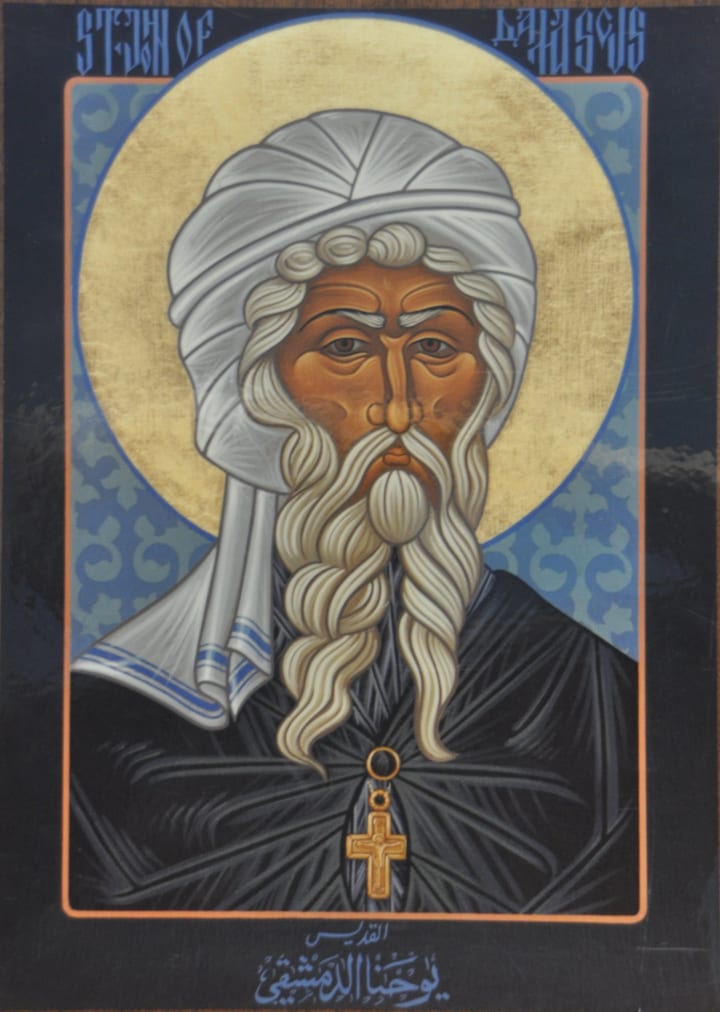
In the work by John of Jerusalem, it was not easy to distinguish fact from legend. According to New Advent, this account of John Damascene's life is "...unsatisfactory from the standpoint of historical criticism. An exasperating lack of detail..."
John Damascene's death is considered to have happened in Jerusalem in 749 but this, along with his birth and life, is based more on tradition than known fact. He is the patron saint of pharmacists and theology students.
10th December
Pope Saint Gregory III
Gregory was born in Umayyad Caliphate, Syria, in 690 AD, although some sources claim that his date of birth is unknown. He was a cardinal from 726, and Bishop of Rome from 11th February 731 until his death on 28th November 741.
Byzantine Emperor Leo III, an iconoclast, wanted all statues and icons destroyed. Gregory called a synod seeking to approve strong measures against anyone who would destroy images of Jesus, Mary, and the saints.
The Romans elected Gregory pope by acclamation. He was the last pope to seek consent of the Byzantine exarch of Ravenna for his election, and was the last non-European pope until the election of Pope Francis on 13th March 2013.
Pope Saint Gregory III is buried in an oratory that he had built at St Peter's Basilica.
Blessed Peter Tecelano
Peter Tecelano ,also known as Pietro Pettinaio, was a native of Campi, Tuscany. A Franciscan mystic, he trained as a comb maker at Siena. Following his wife's death, Peter served as a nurse in a Franciscan hospital as well as continuing to make combs.
Peter lived a solitary and simple life, living in a layman's house until moving into a cell in the monastery that ran the hospital. He was sought after as an adviser to priests and laymen alike.
Some accounts put his death in 1287, others in 1289. His grave, at the Franciscan church in Siena, soon became a place of pilgrimage. A shrine was built over his grave in the 14th century, but this was destroyed by fire some 300 years later. Some relics remain preserved by the Poor Clare Nuns of Siena.
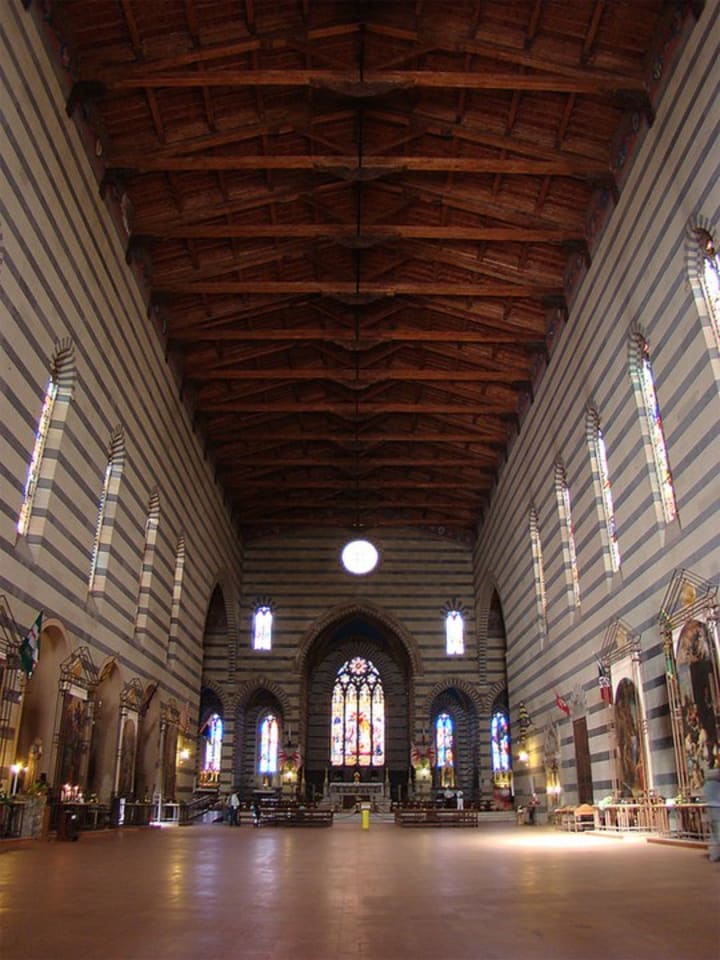
Peter was beatified in 1802, partly owing to miracles reportedly occurring in his tomb.
Saint Polydore Plasden
Born in London in 1563, Saint Polydore Plasden was one of the 40-martyrs of England and Wales - made up of such people as monks who refused to accept King Henry VIII's Act of Supremacy 1534 and priests accused of a plot against Charles II in 1679 . Polydore studied the priesthood at Rheims and Rome. He was ordained in 1586, returning to England just over a year later to minister in Sussex and London.
While in Rome, Polydore had signed a petition for the retention of the Jesuits as superiors of the English College. In England, he was considered to have suffered injury through their agency.
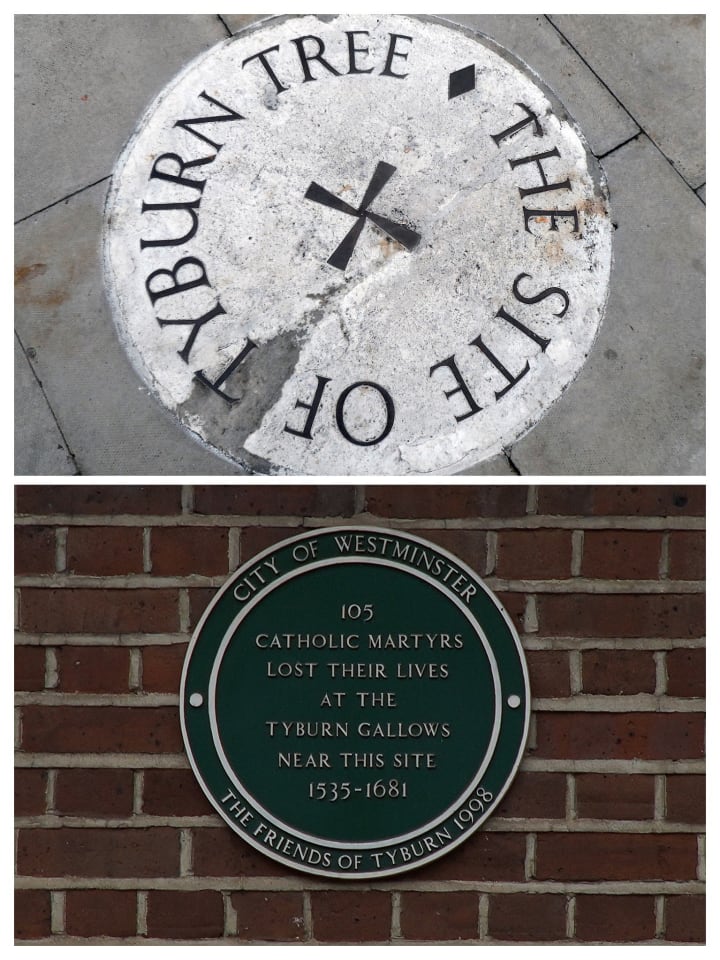
Polydore was arrested by English authorities then was hanged, drawn and quartered at Tyburn in 1591. Sir Walter Raleigh ordered for him to hang until he was dead, and then his sentence carried out on his corpse. At his hanging, Polydore acknowledged Elizabeth I as his lawful queen, who had been ex-communicated by Pope Pius in 1570, but refused to deny his religion. He died on 10th December 1591, and so his feast day is 10th December.
Polydore was beatified and given the title 'Blessed' in 1929. Polydore's name was among the 40 that were submitted to Rome in 1960. Two miracles are usually required to be canonised, but martyrs only require one. Pope Paul VI granted permission for these martyrs to become saints on the basis of just one miracle between them. The group was formerly commemorated on 25th October, the date in 1970 that they were canonised, but now celebrated together with all 284 martyrs of the English Reformation on 4th May.
More information on the Martyrs Catholic Ireland Britannica
16th December
Saint Valentine
According to bigthink.com there were at least three Saints Valentine, although it is hard to tell if stories simply differed slightly to describe the same person. They were all believed to have lived during the 3rd century AD, but their deaths would have been earlier than this Saint Valentine.
The Saint Valentine here died in 305 AD, believed to be martyred with a group at Ravenna, Italy. It is possible that he was the North African Valentine mentioned in bigthink, but there is not enough evidence to make a solid case for this.
Although it is said that Saint Valentine and his group were martyred at Ravenna, St Peter wrote that only Saint Apollinaris was martyred there.
Saint Adelaide
Adelaide was born c. 931 in Orbe, Upper Burgundy (now part of Switzerland) to Rudolph II of Burgundy and Bertha of Swabia. Her father had allegedly engaged her to Lothair of Italy at the age of 2, and Adelaide married him when she was either 15 or 16 years old. Lothair died just 3 years later, leaving Adelaide a teen widow.
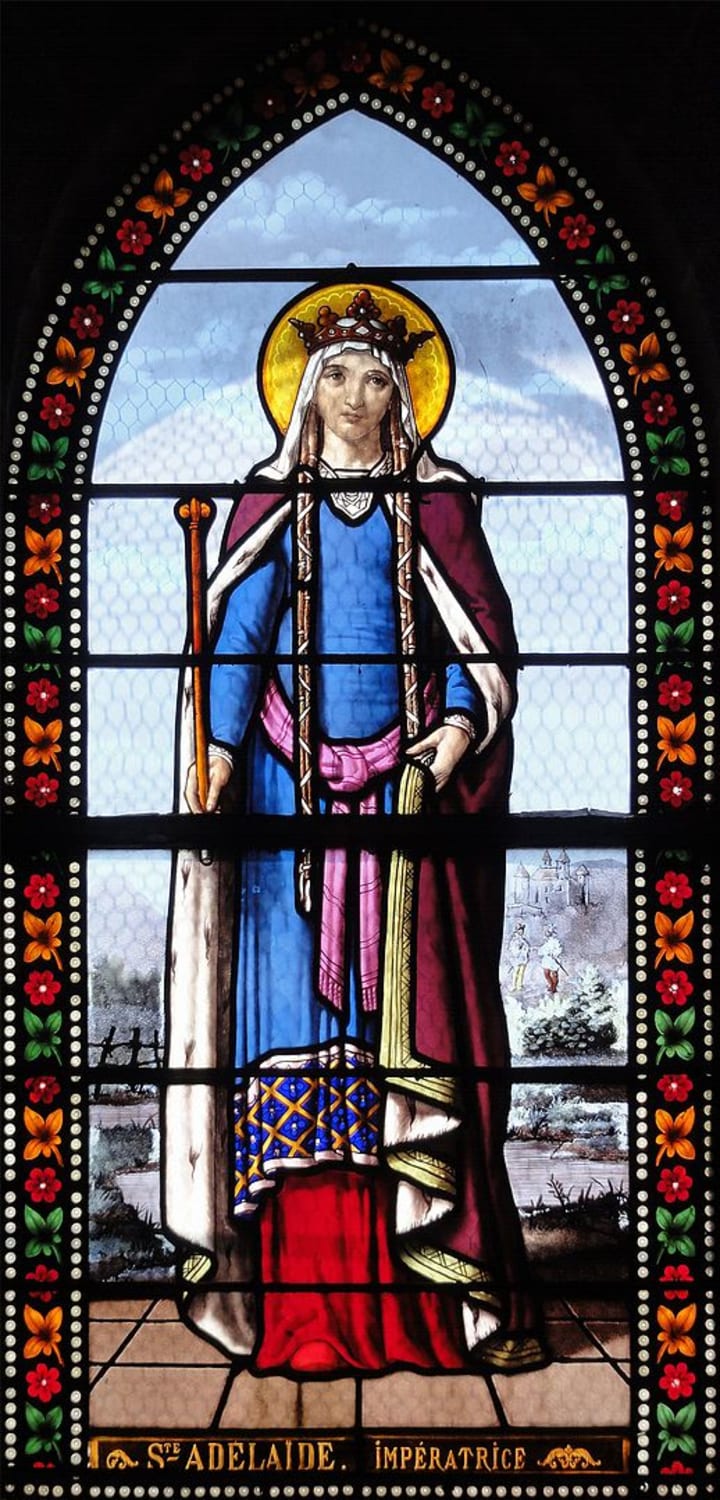
Lothair's successor, Berengar of Ivrea, imprisoned Adelaide and tried to force her to marry his son. It is likely that Berengar was the one to have killed Adelaide's first husband.
Legend has it that Adelaide escaped her captors, went to Canossa, and asked Otto of Germany for help. Otto conquered Italy and married Adelaide in 951. One year later, they were both crowned rulers of the Holy Roman Empire.
Adelaide had four children (the first with Lothair, others with Otto): Emma of Italy; Otto II, Holy Roman Emperor; Matilda, Abbess of Quedlinburg (also known as Mathilde of Saxony); and Bruno of Saxony, who died at just 4 years old.
Adelaide and her son Otto had fallen out, Otto having exiled Adelaide following Otto I's death. They reconciled, however, on the advice of Adelaide's brother King Conrad, before Otto II's death in 983. Adelaide then acted as regent for Otto III from 991-995. Once Adelaide's power was restored, she helped the poor and restored churches. When her grandson came of age and became Holy Roman Emperor, Adelaide retired and spent her later years founding churches, monasteries, and convents. She died in 999 in a convent she had founded at Selz.
Adelaide was canonised by Pope Urban II in 1097 at Alsace, France. She is, among other things, patron saint of abuse victims, people in exile, prisoners, second marriages, step-parents, and widows.
26th December
Saint Pope Dionysus
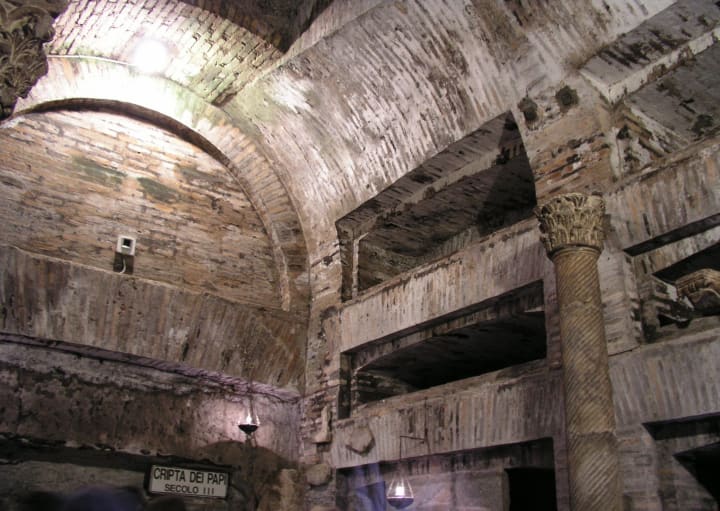
Dionysus, date of birth unknown, is believed to have been born either in Greece or in Magna Graecia. Translated as 'Greater Greece', this was an area in southern Italy, so named due to its large Greek population.
Dionysus became pope on 22nd July 259. The Holy See had been vacant for almost a year following the martyrdom on Sixtus II. There had been difficulties in electing a new pope due to persecution of Christians by Roman Emperor Valerian at the time. In 260, Emperor Valerian was captured and killed, and his successor, Gallienus, brought an end to these persecutions.
During his papacy, Dionysus upheld good relations between Christians and the Roman Empire. He reorganised the Roman Church following Emperor Gallienus' edict, and he provided financial help to restore churches of Cappadocia that had been marauded by Goths.
Dionysus brought about an era of peace that lasted beyond his death. His papacy ended upon his death on 26th December 268. He is buried in the papal crypt in the catacomb of Callixtus.
Saint Stephen
Saint Stephen was born in 5 AD, although the place of birth is unknown. His feast day in Western Christianity is 26th December but differs by a day in Armenian (25th December) and Eastern (27th December) Christianity.
Stephen was Jewish, possibly from Greek or Hellenistic believers. He was one of the first seven ordained deacons of the Church - chosen by the Twelve Apostles to oversee the care of Greek widows - and was the first Christian martyr (the word 'martyr' comes from a Greek word meaning 'witness). Stephen inspired early believers during the first Christian persecutions.
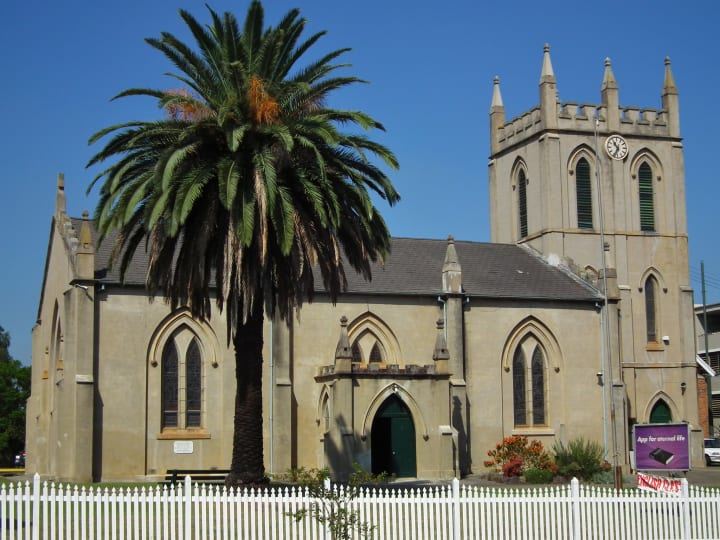
Stephen was accused of blasphemy, and of speaking against God and Moses. False witnesses were brought to testify against him, and Stephen quoted from the Hebrew scriptures to prove his case.
Stephen died in 34 AD in Jerusalem. He forgave those taking his life while he was being stoned to death. Stephen is patron saint of deacons, alter servers, bricklayers, casket makers, and stonemasons. He is also patron saint of horses, and some small towns celebrate his feast day with sleigh rides or horse rides.
Stephen's place of burial is unknown, although there have been several claims of its find.
If you have found this interesting, please follow the links below to previous articles in this series, and stay tuned for the next one.
About the Creator
Enjoyed the story? Support the Creator.
Subscribe for free to receive all their stories in your feed. You could also pledge your support or give them a one-off tip, letting them know you appreciate their work.






Comments
There are no comments for this story
Be the first to respond and start the conversation.